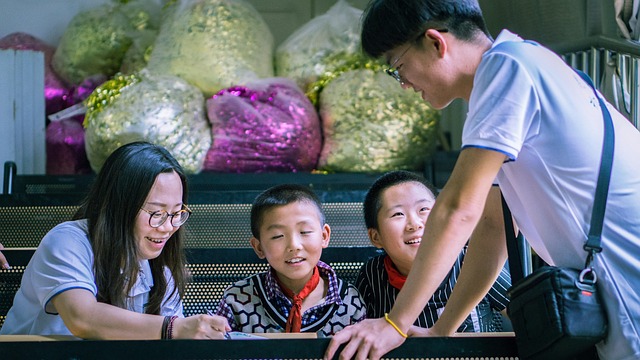
Exploring the Impact of Group Dynamics on Workplace Culture in Csapat
In today’s fast-paced digital age, understanding the impact of group dynamics on workplace culture is essential for harnessing productivity and fostering innovation. The way we interact within our teams, particularly in a diverse environment like Csapat, can profoundly influence our overall work experience and organizational success.
From a scientific perspective, group dynamics play a pivotal role in shaping how teams function. Social psychologists have long studied the intricate relationships formed within groups, exploring concepts such as conformity, leadership styles, and the influence of group size on performance. In the context of workplace culture, a cohesive team can foster a sense of belonging, enhancing job satisfaction and engagement. Employees who feel connected to their peers are more likely to collaborate, share ideas, and contribute actively to the organizational goals.
Technology, too, has transformed how we understand and navigate group interactions. With the advent of collaboration tools and communication platforms, the way groups operate has evolved dramatically. Remote work has necessitated new strategies for maintaining engagement and connection among team members. Tools like video conferencing and project management software allow us to connect with colleagues from anywhere in the world, thereby expanding our understanding of team dynamics beyond physical boundaries. However, this shift also poses challenges; maintaining strong interpersonal relationships can be tougher when interactions are virtual.
Workplace culture is significantly influenced by the effectiveness of group dynamics. Companies like Csapat, which prioritize understanding and leveraging group attributes, often see heightened creativity and problem-solving abilities. When teams embrace diversity—whether in thought, background, or expertise—they bring a variety of perspectives to the table, leading to rich discussions and innovative solutions. A culture that encourages open communication and encourages members to voice their opinions allows for greater collaboration and trust within groups.
Moreover, the roles individuals play within a group can dramatically affect workplace culture. Understanding the needs and strengths of team members helps in the formation of a balanced group. Leaders who recognize the importance of each member’s contribution and create an environment where everyone feels valued cultivate a more positive and productive atmosphere. This can be particularly powerful in a setting like Csapat, where collaboration is key to achieving success.
As organizations continue to adapt to changes brought about by advancements in science and technology, the ability to harness the positive aspects of group dynamics becomes crucial. Companies that invest in team-building activities, workshops, and training focused on communication and collaboration reap the benefits of a strong workplace culture. Such initiatives not only help in aligning individual goals with organizational objectives but also foster an environment where creativity and innovation thrive.
Understanding the impact of group dynamics on workplace culture in Csapat is not just an academic exercise—it is a real-world endeavor vital for organizations striving for excellence. By focusing on the relationships within teams and unlocking the potential of diverse perspectives, businesses can elevate their workplace culture and drive sustainable growth in this ever-evolving landscape.


